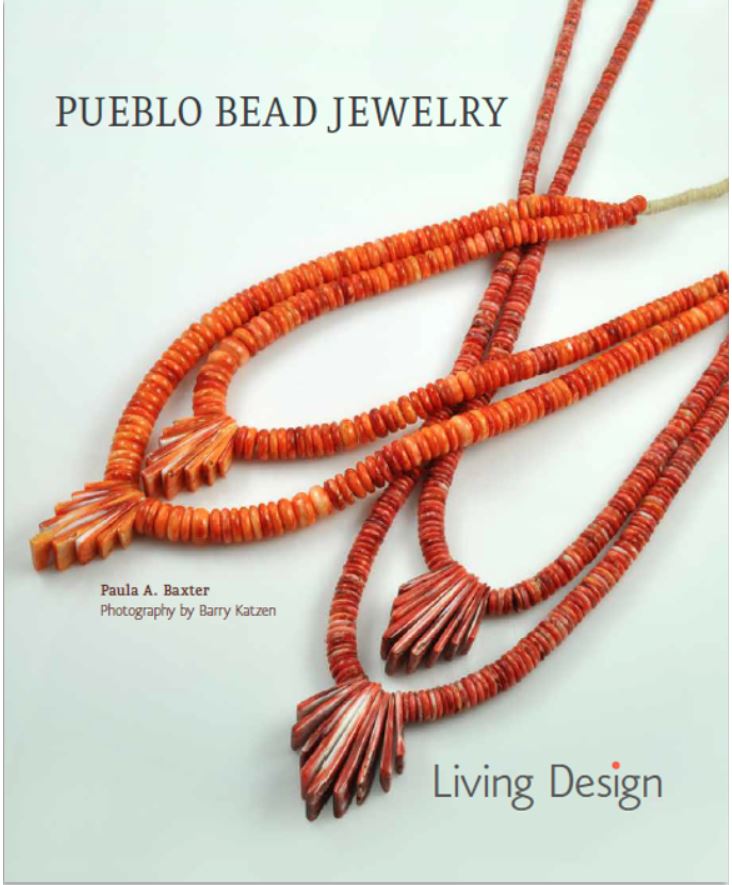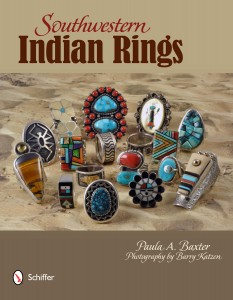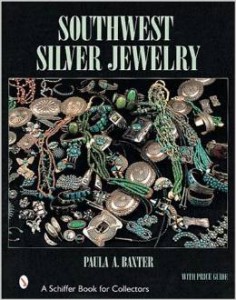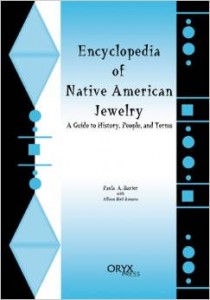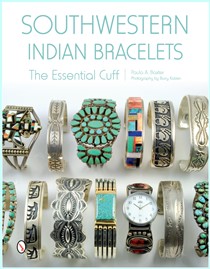The major Indian arts shows in the Southwest have been around since the 1920s. Most of these venues have juried art competitions where Native artists can win awards — designated by Blue Ribbons — for the best work. Artists agree that winning ribbons can help elevate a career and attract sales and collectors. Many of these same people also admit that prizes can be a double-edged sword. On one hand, they bring valuable attention to the artist’s work. On the other hand, they create jealousy, arouse discontent, and place undue pressure on the competitor. One artist, a veteran of more than thirty years, confided to me one time that he was glad he won so many ribbons when starting out but now finds them superfluous. He feels the true reward comes from the buyer.
Want somewhere different to go on Memorial Day? Those lucky enough to be in the Four Corners region should consider attending the 11th annual Indian Arts and Culture Festival in Mesa Verde Country in southwestern Colorado, May 27 – June 5. Much of the Indian Arts show is held at Mesa Verde National Park. This is by all accounts a small show but one that leaves a pleasant feeling. We tried to attend this exhibition a few years ago, only to be sidelined by either salmonella or a really bad stomach bug. Whatever it was, it kept us hotel-bound and far from able to traverse the Park’s long and winding two-lane ascent road. If anyone attends this show this year, we’d love to hear impressions. One event that is regularly heralded is a Navajo rug seminar and auction run by experts in the field. Make Cortez the base for your visit.
Our eyes were caught by a small article in the June issue of Cowboys and Indians. Written by Sandy Yazzie Tsosie of Kayenta, clearly a local resident, it is a delightful survey of what it would be like to camp overnight on Hunts Mesa at the Monument Valley Tribal Park. The experience requires four-wheel-drive and a permit, but sounds like something that would make a great memory. The vast sky overhead changes so much over a twenty-four period, that it’s like watching a pageant. Get information at www.navajonationparks.org/htm/monumentvalley.htm
Over the years, we’ve watched various episodes in the running of the Navajo Arts and Crafts Enterprise. The central store is in Window Rock, but there are others in Cameron, Kayenta, and Chinle. Meant as a tribal cooperative selling fine jewelry and collectibles, we’ve found the inventory to be uneven at times. Our last visit to the Kayenta store a few years ago showed it to be mostly selling clothing. The Window Rock store may be the place to go for jewelry. A long time ago, I was able to buy a heavy-gauge Kokopelli pendant by Tommy Singer for a reasonable price; it has grown in value over the years, making it a truly satisfactory collectible. Best of all, it turns heads whenever I wear it! Some friends of mine, all fussy types, swear by the online store. Try to shop online GoNavajo.com.
This rich blue stone is so much more than the official gemstone of New Mexico and the designated stone for those born in the month of December. Turquoise has been part of the American Southwest and its peoples for more than 2000 years. Those who prize turquoise as a collectible, and love it in their Native-made jewelry, realize soon that they need to know more about this stone than the fact that it’s composed from the hydrous phosphate of copper and aluminum.
Not all turquoise is usable: it needs to be sturdy enough to take cutting and polishing. Mines of origin, color, and matrix determine value. Yet natural turquoise, a large part of what determines price for a piece of jewelry with such material, means that this stone hasn’t been treated. Unfortunately, most turquoise today requires some sort of treatment.
At this point, the collector requires some education. Dealers and suppliers are a source for information, but self-education is essential, too. Here the IACA offers some help, with their useful pamphlets. They, too, in turn look to experts, such as those who run the Turquoise Museum in Albuquerque. Located virtually a hop, skip and jump away from the Old Town Plaza, every would-be Indian arts enthusiast should make a pilgrimage there.
By the way, IACA recently announced the award-winning artists from their Spring show. See Liz Rose’s article for details.
You will find purists who turn up their noses as jewelry made from treated turquoise. Natural turquoise is preferred by all, but its availability is limited nowadays. As a collector, I have discovered that my Southwestern souvenirs, rare or not, often fare poorly in East Coast pollution. Over the years, cracks and chips develop even in the best stones. Some of the techniques used on treated turquoise give contemporary stones a fighting chance against air-borne contamination. Learning the definitions for stabilized, enhanced, oiled or waxed, fracture sealed, reconstituted, and dyed turquoise makes the collector a better consumer. Buy from a vendor or seller who is ready to disclose what kind of turquoise is in their product.
Some of the most popular arts made and displayed at the 2011 Heard Museum Guild Indian Fair and Market were made by Native artists from tribes outside the Southwest. This has been a growing trend on the part of the Market’s organizers, allowing other Native traditions and innovations to be showcased.
The most recent issue of The Indian Trader claims that the best works on display might make this the “year of the basket.” Practicality and beauty mark the best contemporary creations. For flawless craftsmanship, pieces by Jeremy Frey [Best of Show] (Passamaquoddy), Gianna Rose Willard (Haida), and Kathleen Thomas (Oneida) demonstrated how remarkable materials and artistic vision make baskets come alive. Those more interested in Southwestern Native achievement should take note of Sally Black’s work; she hails from a family known for their Diné revival styles.
During the Scottsdale Art Walk before the Heard Guild Fair, I learned about a new initiative. Some members of the Indian Arts and Crafts Association (IACA) had set up a table to advertise, among other things, that the IACA has created a Collector’s Guild that permits members to attend the bi-annual IACA wholesale shows’ Collector’s Market. After some questioning, I learned that this Market was added onto the two Collector’s Markets, as a means of allowing collectors to view and purchase arts made by IACA members. (Up until now, these shows — which are usually held in Albuquerque and Mesa — had been restricted to wholesalers only.) Proceeds from this new Collector’s Guild will aid the IACA Artist of the Year program.
I have always been tantalized by the arts shown in ads for the IACA wholesale shows; now, there seems to be an opportunity to buy directly from the artists while perusing the latest trends. Check this out at the IACA website; individual membership is $50 annually. It looks as though longtime collectors like me have two new Indian arts show opportunities…
As we left this year’s Heard Guild Fair that Saturday, tired but triumphant in our purchases, we saw a sign in a building across the street, on our way to the parking lot. The sign advertised a small sale and raffle for the Hopi Education Endowment Fund. I ended up buying a fabulous ring by college student Waddie Crazyhorse, son of Cippy Crazyhorse, a favorite jeweler of mine.
Since I teach college students, this purchase seemed most propitious. The fund helps Hopi kids meet college tuition expenses. A special focus for the fund is aiding technical/vocational training programs and curriculum development. Hopi is home to many of the greatest American Indian artists, including the late Charles Loloma. Find out more about this endeavor at www.hopieducationfund.org.
